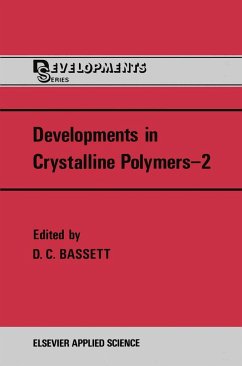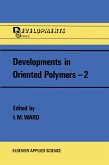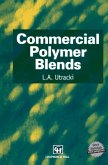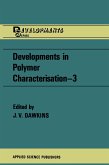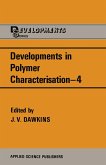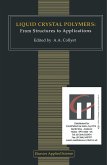Modern society makes increasing demands for novelty in materials and their properties which are ever more exacting. Crystalline polymers are in the forefront of this demand and improvements are constantly occurring across the entire range from existing materials of high tonnage to novel materials with application in information technology. The developments recorded in this volume reflect this situation. Chapter 1 is a comprehensive review of the polymer PHB, poly(hydroxybutyrate), which is new to industrial manufacturing but is a naturally occurring substance. It has potentially valuable properties but has excited interest especially because it is biodegradable. It may, therefore, provide one means of reducing environmental pollution. Improvements in existing materials, beyond those which are ob tainable by optimization of known variables, are most likely to come from understanding of structure-property relationships. Polymer is able to make effective science has now reached the stage where it synthesis of information from complementary techniques, leading to rapidly deepening understanding. Chapters 2, 3 and 4 are all con cerned with technical developments which are contributing substan tially to this synthesis. The possibilities of electron microscopy, specifically the characterization of lamellar microstructure, have been transformed by permanganic etching. Now real organization (which can be very different from what had previously been inferred) can be used as a basis for explaining polymeric properties. In Chapter 3, Mitchell and Windle give a critical account of the assessment of orientation in liquid crystalline polymers, a rapidly developing new field in which they have played a leading part.
Hinweis: Dieser Artikel kann nur an eine deutsche Lieferadresse ausgeliefert werden.
Hinweis: Dieser Artikel kann nur an eine deutsche Lieferadresse ausgeliefert werden.

